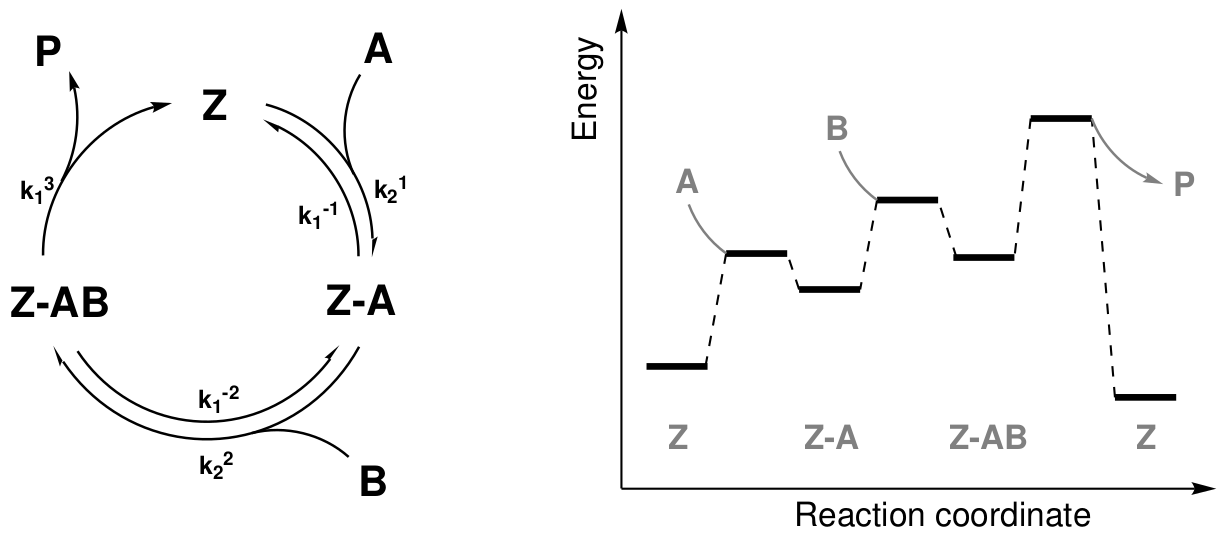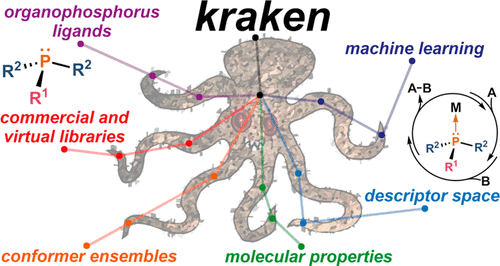Molecular Catalysis
The development of new catalysts for organic reactions is a challenging task due to the inherent complexity of the associated reaction mechanisms and the sparse information about them that is amenable to direct experimental investigation. Accordingly, it largely relies on human creativity supported by domain expertise. In our group, we are implementing heuristic techniques that are commonly employed in the field of catalysis into computer algorithms allowing for closed-loop catalyst optimizations. We concentrate on catalytic systems that are constructed based on building blocks allowing for modular synthesis and the systematic exploration of a wide range of potential structures. Based on that approach, we investigate both organic and organometallic catalysts focusing on carbon-carbon bond-forming reactions.

(Compare: https://doi.org/10.26434/chemrxiv.7885760.v1)
Carbon-Carbon Bonds
The formation of new carbon-carbon bonds allows for the construction of structural frameworks of molecules making them vital for organic synthesis. Catalytic protocols in that regard rely to a significant extent on precious transition metal catalysts such as palladium, platinum, rhodium, iridium and ruthenium. In our group, a large focus is on the development of organocatalysts and non-precious transition metal catalysts for carbon-carbon bond-forming reactions.
Selected Publications

November 17, 2025
C. T. Ser, H. Hao, S. Pablo-García, K. Jorner, S. Li, R. Pollice*, A. Aspuru-Guzik*
J. Am. Chem. Soc. 2025, 147, 43884.

December 24, 2024
A. Blokhuis*, R. Pollice*
Eur. J. Org. Chem. 2024, e202400949.

January 12, 2022
T. Gensch#, G. d. P. Gomes#, P. Friederich#, E. Peters, T. Gaudin, R. Pollice, K. Jorner, A. Nigam, M. Lindner-D'Addario, M. S. Sigman*, A. Aspuru-Guzik*
J. Am. Chem. Soc. 2022, 144, 1205 - 1217.